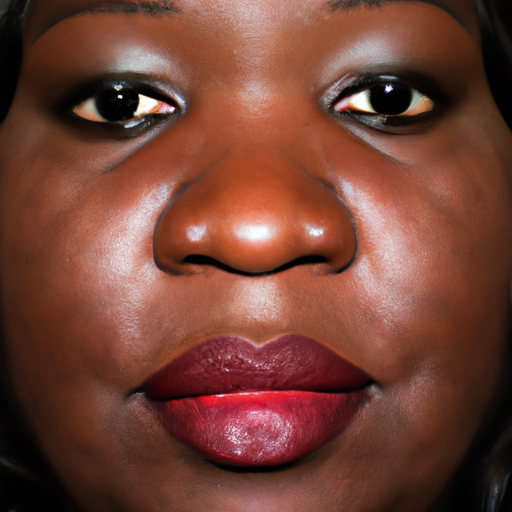As a medical professional, I have encountered numerous patients who have sought my advice on a condition known as hyperpigmentation. This condition, which causes patches of skin to become darker than the surrounding areas, is often misunderstood and can cause significant distress. In this article, we will unmask the mystery of hyperpigmentation, delving deep into its symptoms and causes.
Hyperpigmentation is a common, usually harmless condition that can occur in all skin types and colors. It is characterized by the darkening of an area of skin caused by an excess production of melanin, the pigment responsible for skin and hair color. The symptoms of hyperpigmentation are primarily visual. Darkened patches can appear anywhere on the body, but they are most commonly found on the face, neck, and hands. These patches may be small or cover large areas, and their color can range from light brown to black.
The intensity and distribution of hyperpigmentation can vary greatly among individuals. Some people may notice a few tiny spots, while others may have larger, more noticeable patches. It’s important to note that hyperpigmentation is not painful or harmful, but it can cause emotional distress due to its impact on physical appearance.
There are several causes of hyperpigmentation, each with its unique mechanism of increasing melanin production. One of the most common causes is sun exposure. Ultraviolet (UV) light from the sun stimulates melanocytes, the cells that produce melanin, leading to increased pigment production. This is why people often develop freckles or dark spots after spending time in the sun.
Another common cause is hormonal changes, particularly those associated with pregnancy or the use of hormonal contraceptives. This type of hyperpigmentation, known as melasma or chloasma, often appears on the face and can be quite noticeable.
Inflammatory skin conditions such as acne, eczema, or psoriasis can also lead to hyperpigmentation. This is referred to as post-inflammatory hyperpigmentation (PIH) and occurs when the skin’s healing process leads to an overproduction of melanin.
Certain medications, including some antibiotics, anti-seizure drugs, and chemotherapy drugs, can also cause hyperpigmentation. In these cases, the condition usually resolves once the medication is discontinued.
Lastly, hyperpigmentation can be a symptom of certain diseases and conditions, including Addison’s disease and hemochromatosis. In these cases, treating the underlying condition often improves the hyperpigmentation.
It’s important to remember that while hyperpigmentation is usually harmless, it can sometimes be a sign of a more serious underlying condition. Therefore, if you notice any sudden or unusual changes in your skin color, it’s always a good idea to consult with a healthcare professional.
In conclusion, hyperpigmentation is a common and generally harmless condition characterized by darkened patches of skin. It can be caused by a variety of factors, including sun exposure, hormonal changes, inflammation, certain medications, and some diseases. While it can cause emotional distress due to its impact on physical appearance, there are many effective treatments available that can help to lighten or eliminate these dark patches. As always, if you have any concerns about your skin health, don’t hesitate to seek medical advice.



